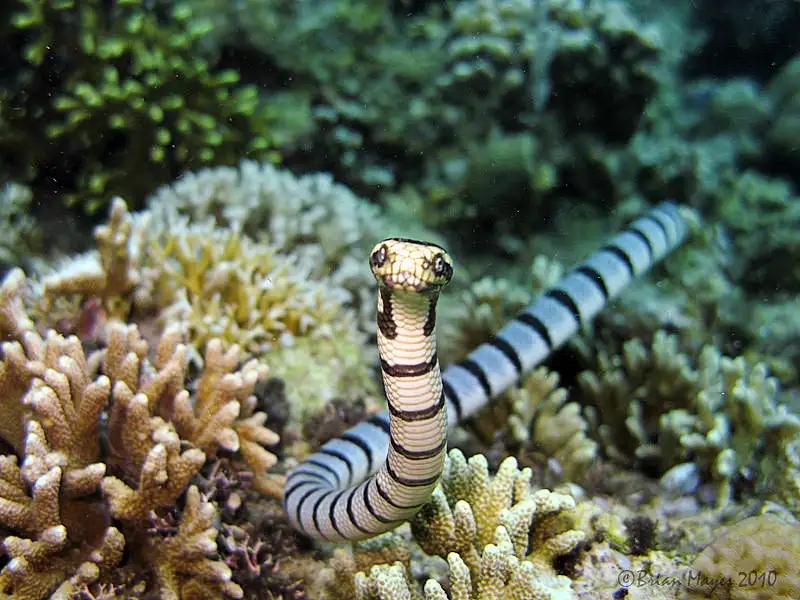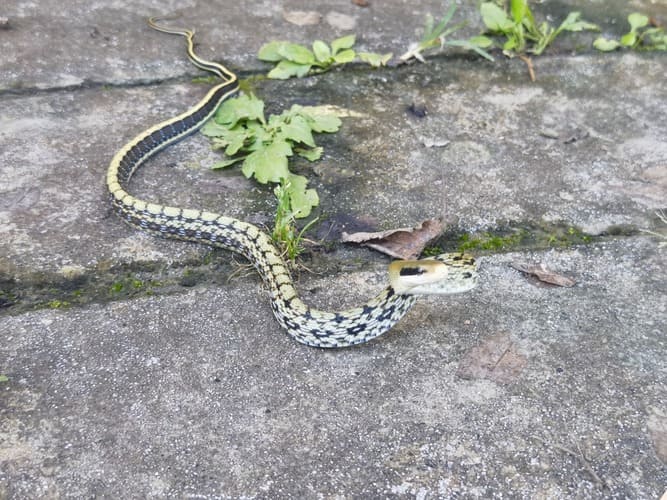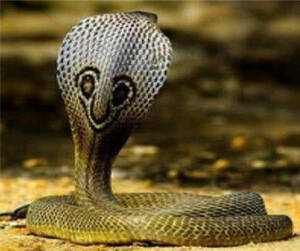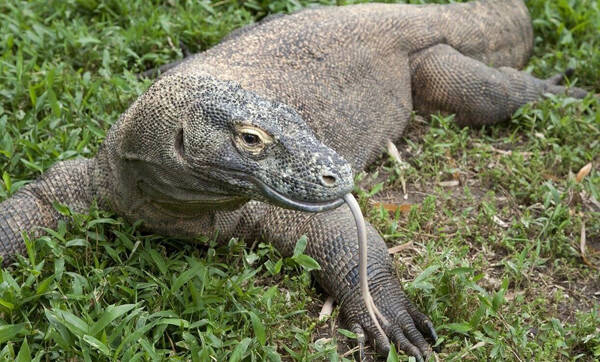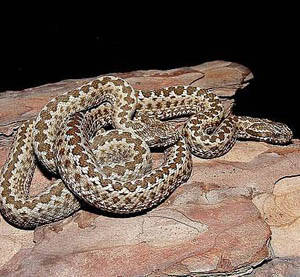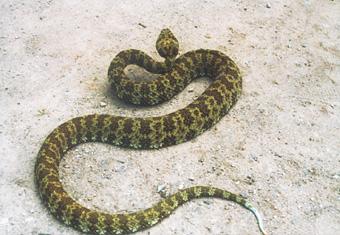Leiolepis reevesi
IUCN
LCBasic Information
Scientific classification
- name:Leiolepis reevesi
- Scientific Name:Leiolepis reevesi,Reeves' butterflylizard,Mountain horse, salon, Polon
- Outline:Squamata
- Family:Iguanidae W.lizard
Vital signs
- length:About 15 cm
- Weight:No verification information
- lifetime:No verification information
Feature
They live in groups, one lizard per cave
Distribution and Habitat
Distributed in Cambodia, Thailand, Vietnam and China. In China, it is mainly distributed in Guangdong, Macau, Hainan, Guangxi and other places.
Appearance
The body length is 150 mm, and the tail length is twice the body length. The head is high and short, the body is flat without mane scales, and the tail is thick. The snout is high and slanted to the tip of the snout, the nostrils are large, and there are 4-5 rows of small scales between the nostrils and the upper lip scales; the ear holes are oval, almost the same length as the eye diameter; the scales on the snout and top of the head are large and ridged, the scales on the back are small and granular, slightly ridged, and the scales on the front and outside of the limbs and the chest and abdomen are large and smooth; there is a row of large scales in the throat that are arranged parallel to the lower lip scales, and there are two rows of transverse grooves and folds, and the scales on the fold edges are very small. The skin on the neck is loose and becomes wrinkled after fixing. The tail is thick, wide and flat, gradually becoming columnar, and the end is whip-shaped; the scales on th
Details
The foreign name of the wax lizard is Reeves' butterflylizard, and there is no subspecies.
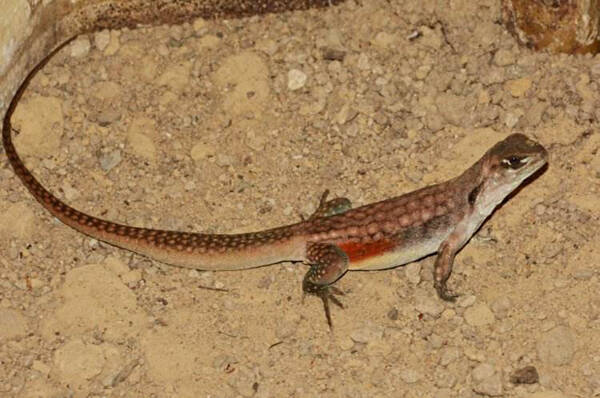
The species name of the waxy lizard is reevesii, named after the naturalist and collector John Reeves (1774-1856), who sent specimens of the waxy lizard back to England. Reeves was employed by the East India Company as a "tea inspector" and lived in China from 1812 to 1831. Note that Steinegg (1907) states that John Russell Reeves (1804-1877), son of John Reeves, sent the material to Gray, so there may be confusion here.
Wax-skinned lizards usually live in coastal sandy areas, digging caves on slightly sloping places for living. The caves are often found on earthen mounds. The entrance of the cave is oblate, the depth of the cave is about 1 meter, and it is about 30 degrees to the ground. They do not live in groups, and each lizard lives in one cave. The entrance of the burrow of young lizards and female lizards is flatter and shallower. In contrast, the entrance of the male lizard is rounder and deeper. The male lizard's burrow is generally built near the female. After digging the hole, they will push the soil at the entrance of the hole until there is no trace of the excavated soil. There is a fork about 50 cm from the hole. One branch continues to go down at a 30-degree angle to the ground and leads to the habitat. The other branch is the escape hole, which is also dug upward at a 30-degree angle to 2 mm above the ground. When in danger, they will break through the soil and escape from the escape hole. Wax-skinned lizards usually rush back to the hole before rain and in the evening, and then seal the hole with soil. This way of survival for wax-skinned lizards is very safe and generally will not suffer special harm. Usually when the temperature is suitable during the day, they go out of the hole to forage for food, mainly insects. If disturbed, they will immediately rush into the hole. Females will also lay eggs in the habitat in their own holes.
Wax-skinned lizards have strong limbs and well-developed claws, which are suitable for digging holes. The front two legs are short and powerful, and the back two legs are long, which can help them run quickly. They have hard armor on their feet and a long tail, which accounts for about half of their body length. They often dig deep holes as the best place to hide, and have bright orange patterns on their bodies. When in danger, wax lizards will spread their ribs to show the bright skin folds on both sides of their abdomen to scare enemies. They usually go out of the cave to move around and forage when the temperature is suitable during the day. When they encounter interference, they will immediately rush into the cave without hesitation. In Hainan, China, wax lizards usually go out of the cave to move around in late March and go back to the cave to spend the winter around November.
The male and female wax lizards are slightly different. The patterns on the male are brighter, with red stripes on both sides of the abdomen and yellow dots on the body. The reproductive organs are between the two hind legs, and there is a penis hidden in the excretion hole. The female pattern is similar to that of the male but dull, and its reproductive organs and excretion hole are integrated, also between the two hind legs. Females lay eggs twice a year, one period from April to June, and the other concentrated from August to October, and each time they lay 3-12 eggs. Their front feet are good at digging holes. During the mating period, the male and female live in the same hole, and then they will separate. The female digs a deeper and curved hole during the egg-laying period. The temperature of this hole is about 35℃, and the humidity is above 60%. Such a hole is suitable for laying eggs and hatching. About 3 days after hatching, the little wax skin lizard can leave the hole and start living alone, and it will reach sexual maturity in about half a year.
Listed in the "China Biodiversity Red List - Vertebrate Volume" (Reptiles) - Endangered (EN).
Listed in the "National List of Terrestrial Wildlife with Important Economic and Scientific Research Value" issued by the State Forestry Administration of China on August 1, 2000.
Listed in the second level of the "National List of Key Protected Wildlife in China".
Protect wild animals and eliminate game.
Maintaining ecological balance is everyone's responsibility!

